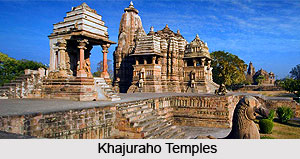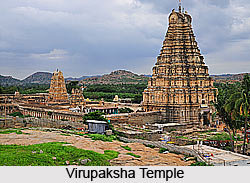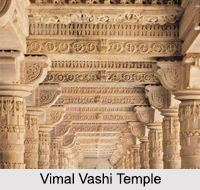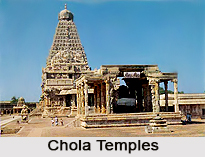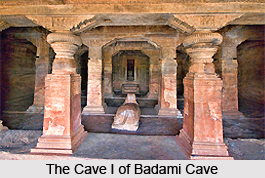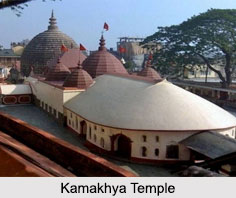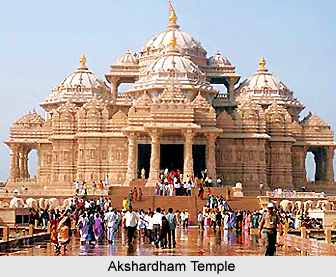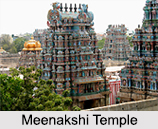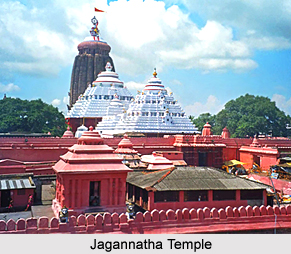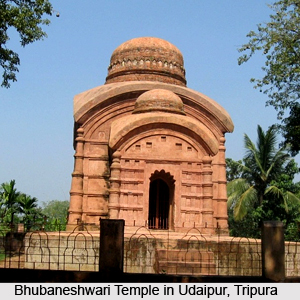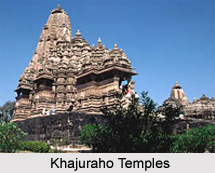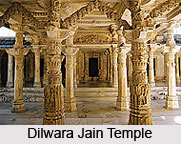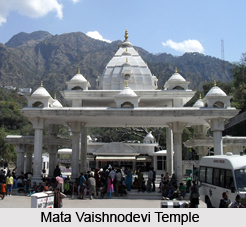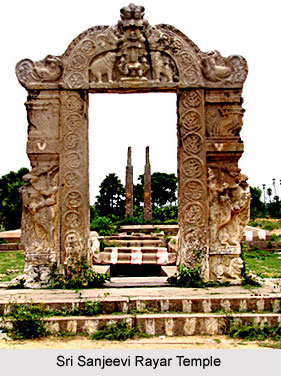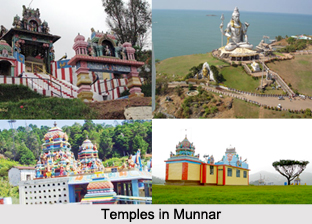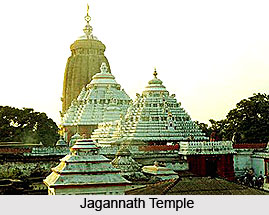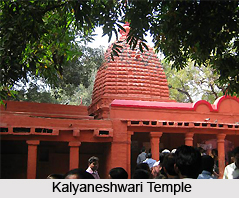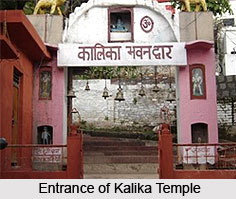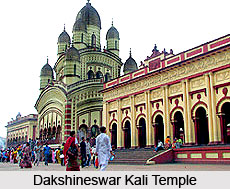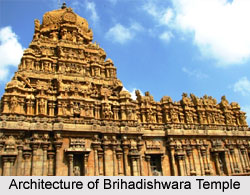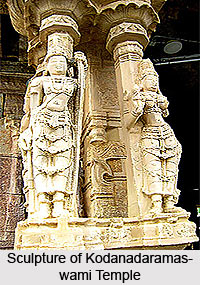 Kodanadaramaswami Temple is situated at east of Hampi. It faces Chakratirthaa, the most sacred bathing ghat of Tungabhadra River. The temple deity is called Kodandarama, as Lord Rama and his brother Lakshman are depicted holding arrows. It seems that the temple was constructed in three stages, with its garbhagriha and sukhanasi structures made in the Hoysala style. The remaining portions are made in the Dravidian style.
Kodanadaramaswami Temple is situated at east of Hampi. It faces Chakratirthaa, the most sacred bathing ghat of Tungabhadra River. The temple deity is called Kodandarama, as Lord Rama and his brother Lakshman are depicted holding arrows. It seems that the temple was constructed in three stages, with its garbhagriha and sukhanasi structures made in the Hoysala style. The remaining portions are made in the Dravidian style.
Legend of Kodanadaramaswami Temple
As per local legends Purushottama was suppressed at Hiremagalur by Rama. Purushottama requested him to show him his marriage scene. Sita stands in the right of Rama and Lakshmana to his left.
According to other local myths, this is the place where Rama killed Vali and crowned Sugriva. Another account says that the place was the residence of nine siddhas who performed penance near a pond in the village known as Siddha Pushkarni. Parashurama also lived there, it was called Bhargavapuri.
Architecture of Kodanadaramaswami Temple
The temple has both Dravidian and Hoysala styles of architecture. The present navaranga belongs to 14th century. The mukhamandapa is of the 16th century. The outer walls of the garbhagriha and vestibule are raised on a square basement that consists of six cornices. Navaranga and mukhamandapa have outer walls that are built with brick and mortar.
Sculpture of Kodanadaramaswami Temple
In the garbhagriha on a Hanuman pedestal there are idols of Kodandarama with Sita to his right and Lakshmana to his left. Rama and Lakshmana are shown carrying arrows in their right hands and strung bows in their left hands. The idols do not appear to be of Hoysala period.
In the temple enclosure there are small shrines that consist of images of Yoganarasimha, Sugriva, Kalinga, Mardhana, Ramanujacharya, Madhvacharya, Vedanta Desika and some alvars. The outer-walls of the garbhagrha and sukansi have plasters and turrets as well as two rows of figures that represent Lord Vishnu and his incarnations such as Hayagriva, Narasimha, Lakshminarayana, Venugopala, Kalinga-Mardana and Govardhanadhari. Images of Goddess Lakshmi, Lord Hanuman, Garuda and Lord Ganesh are also depicted.
This temple has more religious than architectural significance. The spot marks the place where Lord Rama had crowned Sugriva as the King of Kishkhindhya.
